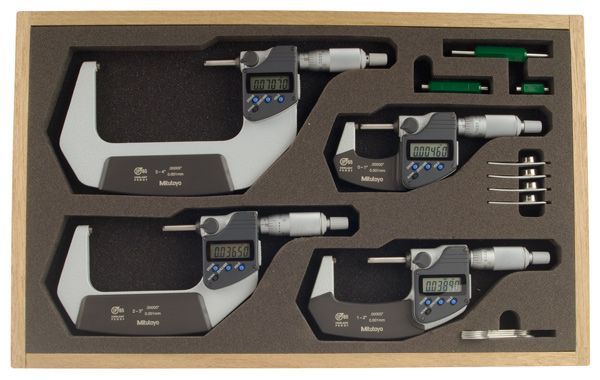
Received: SeptemAccepted: DecemPublished: January 3, 2017Ĭopyright: © 2017 Wei, Li. PLoS ONE 12(1):Įditor: Roi Gurka, Coastal Carolina University, UNITED STATES Moreover, the leading vortex plays an important role in enhancing particle transport.Ĭitation: Wei J, Li Y (2017) Human Cough as a Two-Stage Jet and Its Role in Particle Transport. The water tank experiments revealed that although medium and large particles deposit readily, their maximum spread distance is similar to that of small particles. A protocol was developed to scale the particle experiments between the prototype in air, and the model in water. However, the effects of Re c and Q/ AD on the maximum penetration distances proved to be more significant larger values of Re c and Q/ AD reflected cough flows with greater penetration distances.

The real-cough and sinusoidal cases exhibited greater penetration ability than the pulsation cases under the same characteristic Reynolds number (Re c) and normalized cough expired volume ( Q/AD, with Q as the cough expired volume and A as the opening area). During the starting-jet stage, the flow rate is a function of time three temporal profiles of the exit velocity (pulsation, sinusoidal and real-cough) were investigated in this study, and our results showed that the cough flow’s maximum penetration distance was in the range of a 50.6–85.5 opening diameter ( D) under our experimental conditions.


The cough flow is characterized as a two-stage jet specifically, the starting jet (when the cough starts and flow is released) and interrupted jet (after the source supply is terminated). The human cough is a significant vector in the transmission of respiratory diseases in indoor environments.


 0 kommentar(er)
0 kommentar(er)
